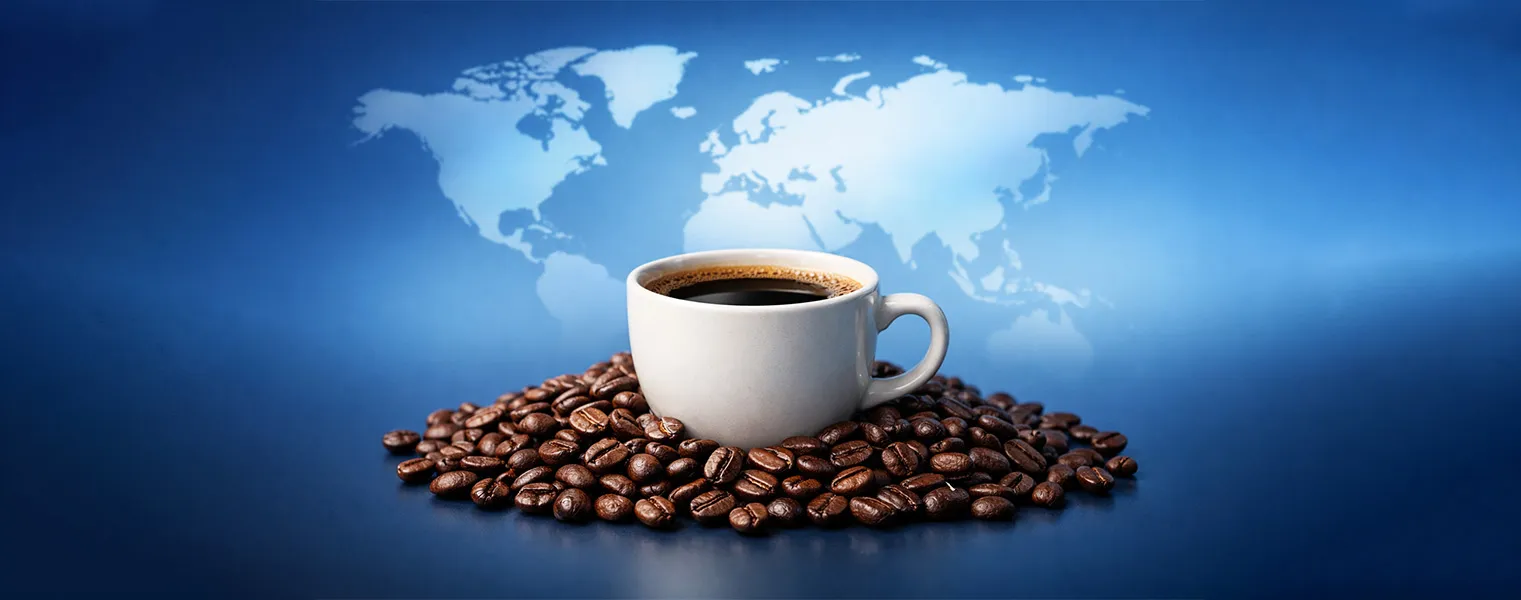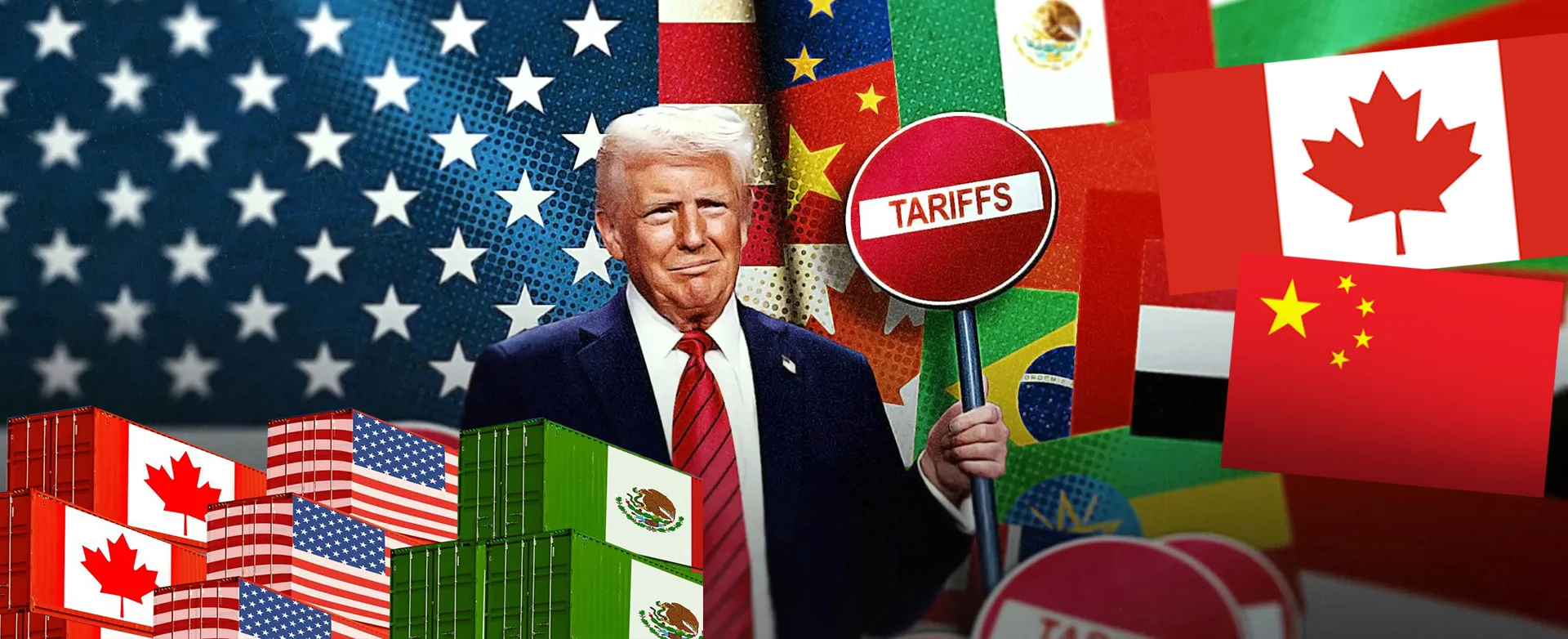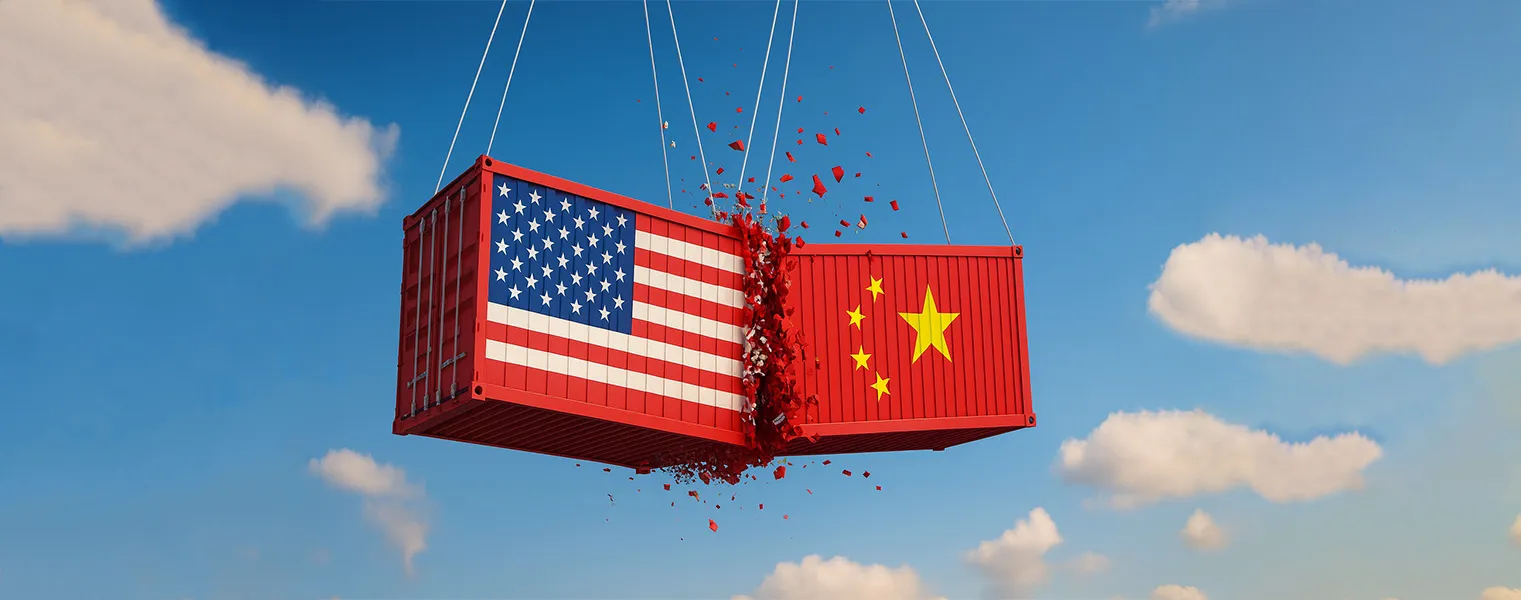Trump’s 2025 Tariffs on Mexico, Canada, and China Shake Global Supply Chains: The 30-Day Pause & What is the Future for Businesses, Consumers, and Global Trade
Introduction
The Trump administration’s latest move to impose 25% tariffs on imports from Mexico and Canada (with a 10% carve-out for Canadian energy) and 10% tariffs on Chinese goods has sparked intense debate and concern across industries. Initially set to take effect on February 4, these duties targeted the United States’ top three trading partners. However, following last-minute talks, the U.S. has temporarily suspended or delayed the newly announced 25% export tax on shipments from Mexico (and similarly for Canada) for one month, granting a short-term reprieve to allow further negotiations and policy adjustments.
Despite this 30-day pause for Mexico and Canada, businesses and analysts warn that the underlying issues remain unresolved, and tariffs could still go into full effect if talks fail. Meanwhile, the 10% tariff on Chinese goods stands, with the Trump administration suggesting even higher rates could follow. This article details how the proposed and temporarily paused tariffs affect sectors such as automotive, agriculture, energy, retail, shipping, and manufacturing; examines market data on freight and commodities; and explores possible near-term and long-term scenarios.

1. Overview of the New (and Partially Paused) Tariffs
- 25% Tariffs on Imports from Mexico and Canada
- All goods from Mexico and Canada were slated for a 25% tariff, except Canadian energy (oil, natural gas, electricity, certain minerals), set at 10%.
- President Trump cited border security efforts, drug trafficking, and the inflow of fentanyl as reasons.
- Temporary 30-Day Pause: The U.S. announced a suspension of the 25% rate for one month on shipments from Mexico (and similarly for Canada), contingent upon bilateral talks and additional security measures. Mexico, for instance, has pledged to deploy 10,000 troops at the border.
- 10% Tariffs on Chinese Goods
- Goods from China face a 10% tariff (unchanged and not paused).
- Officials have hinted at an eventual 60% rate on China if negotiations falter.
- Effective Date & Enforcement
- The partial suspension for Mexico and Canada means the 25% levy did not commence on February 4 as originally announced.
- The 10% carve-out on Canadian energy remains under watch, with details on how the pause applies to that sector still emerging.
- Retaliation by Trading Partners (On Hold, but Not Cancelled)
- Canada: Prime Minister Justin Trudeau has announced 25% tariffs on $155 billion worth of U.S. goods, with an initial $30 billion in tariffs scheduled. This retaliatory step may be paused or adjusted subject to ongoing negotiations.
- Mexico: President Claudia Sheinbaum had pledged counter-tariffs but has also signaled a willingness to cooperate, especially on drug interdiction, during the 30-day window.
- China: Beijing continues to promise “necessary countermeasures,” challenging the U.S. at the WTO and hinting at unspecified trade restrictions.

2. Impact on Key Sectors
A. Automotive & Manufacturing
- Cross-Border Automotive Supply Chains
- Mexico and Canada supply critical auto parts. The original 25% tariff threatened to drive up costs, but the temporary 30-day pause buys automakers time. GM, Toyota, and other OEMs have front-loaded shipments.
- If talks fail, cost spikes and production disruptions remain possible.
- Reshoring or Nearshoring?
- The administration still touts tariffs as a way to bring manufacturing jobs back to the U.S.
- Some analysts doubt a large-scale return to U.S. production, especially under a universal tariff scenario. Mexico had previously emerged as an alternative for Chinese supply chains, but that too is uncertain with threatened duties, now temporarily on hold.
- Industrial & Consumer Goods
- Metals, steel, and aluminum from Mexico, Canada, and China face higher duties (though Canada and Mexico’s 25% rate is paused).
- Some industrial suppliers rely heavily on integrated North American supply chains. The front-loading of orders has caused short-term shipping volume spikes.
B. Agriculture & Food
- Farming, Produce, & Livestock
- The U.S. imports large volumes of fresh produce from Mexico (avocados, tomatoes) and key staples (canola, oats, barley) from Canada.
- Initially set for a 25% hike, these imports now face a one-month reprieve, giving producers a temporary break. Nonetheless, buyers remain cautious, recalling that a revived tariff could raise supermarket prices swiftly.
- Retaliatory actions from Mexico and Canada are temporarily on hold, but not fully withdrawn.
- Potential Consumer Price Increases
- If the pause ends without a new agreement, cost pass-through to U.S. consumers is likely. The Budget Lab at Yale University estimates a combined household impact of $1,000 to $1,200 annually if tariffs resume.
C. Energy Sector
- Canadian Oil & Gas
- Canada provides roughly 4.3 million barrels of oil a day to the U.S. The threatened 10% tariff on Canadian energy remains on the table but is also subject to the current negotiation.
- Should the pause fail, refiners in the Midwest could see higher input costs, potentially increasing gasoline prices.
- Mexico’s Energy Exports
- Heavier Mexican crude was slated for a full 25% duty. The temporary reprieve eases near-term fears at U.S. refineries reliant on that feedstock.
- Observers say a permanent arrangement is necessary to avoid longer-term disruptions.
- Renewables & Critical Minerals
- Uranium and other minerals from Canada, vital for U.S. nuclear and tech industries, remain subject to a 10% levy if no deal is reached.
- The one-month pause could allow time to negotiate partial exemptions.

D. Retail & E-Commerce
- De Minimis Loophole
- Trump’s clampdown on packages under $800 duty-free was set to hurt Chinese discount retailers like Shein, Temu, and also relevant for Mexico/Canada cross-border small parcels. The partial pause might delay certain immediate changes.
- The impetus remains to restructure cross-border e-commerce and possibly shift supply bases.
- Apparel & Consumer Goods
- Retailers like PacSun formed “tariff task forces,” front-loading inventory.
- Short-term relief from the pause may prevent immediate price hikes, but uncertainty remains if tariffs resume after 30 days.

3. Logistics, Shipping, and Freight Rate Implications
- Front-Loading & Port Congestion
- U.S. importers have rushed goods in, mirroring 2018 tariff strategies. The U.S. trade deficit hit a record $122 billion in December, partly due to a 4% rise in imports and a 4.5% drop in exports.
- The 30-day pause might briefly ease congestion, but the fundamental risk of tariffs persists.
- Trucking Rates & SONAR NTIL
- FreightWaves reports the National Truckload Index for dry van spot rates stands at $1.85 per mile (down 2% week-over-week, 4.6% year-over-year).
- While some carriers might attempt surge pricing again if the tariffs restart, near-term market reactions appear muted given the pause.
- Ocean Container Shipping
- In 2018, container freight rates spiked 70% during the tariff ramp-up. This round, importers again front-loaded, but the abrupt 30-day delay has introduced a wait-and-see atmosphere.
- Experts note that if tariffs resume, carriers could see short-term rate volatility followed by a possible slump if demand weakens.

4. Market Reaction in Commodities & Currencies
- Grains & Oilseeds
- Chicago Board of Trade (CBOT) corn, wheat, and soybean prices dipped following tariff announcements, but also recovered in some sessions on news of the one-month pause for Mexico and Canada.
- Chicago markets remain wary: next steps from Beijing, Ottawa, and Mexico City could lead to abrupt changes in purchasing patterns.
- Canadian Canola & Rapeseed
- The original 25% tariff threatened Canada’s canola industry, which sends up to 90% of canola oil exports to the U.S. After the pause, partial stability returned, but any re-imposition would quickly roil the Canadian market.
- Current futures for rapeseed at Euronext remain influenced by dryness in Argentina and slow harvests in Brazil for soybeans.
- Currencies & Inflation
- The U.S. dollar has surged, making American exports less competitive and fueling inflation concerns.
- Economists from EY and Goldman Sachs predict resumed tariffs would trigger a temporary inflation spike and hamper growth.

5. Political & Legal Responses
- Canada & Mexico
- Both countries have signaled potential large-scale retaliatory tariffs if the U.S. fully reactivates the 25% duties after 30 days.
- Talks center on border security, drug interdiction, and possible modifications to the USMCA, set to expire in 2026.
- China
- Beijing is less affected by the 30-day pause, since its 10% duty remains in place. It continues to threaten a WTO challenge and to push for a “Phase I” agreement revival.
- Chinese leaders also propose expanding investment in the U.S., cutting fentanyl shipments, and addressing concerns around companies like ByteDance.
- European Union & the UK
- While not directly targeted in this round, President Trump threatened new duties on the EU/UK for trade imbalances. Observers fear an expanding tariff environment if the North American negotiations prove successful for Trump.
- U.S. Legislative & Industry Pushback
- Congress has delegated broad tariff power to the executive branch under national security statutes. Some lawmakers voice frustration at repeated tariff brinkmanship.
- Business associations like the U.S. Chamber of Commerce and the National Association of Manufacturers emphasize concerns over the negative impacts on domestic investment, consumer spending, and supply chain stability.
6. Additional & Complementary Updates
- Temporary Pause for Mexico & Canada: The impetus for the short-term standstill was likely pressure from U.S. manufacturers, farmers, and consumer groups, who argued for a negotiated approach rather than abrupt tariffs.
- Front-Loading Still Evident: Container imports in November and December 2024 reached their highest since 2021, as companies sought to get goods in before the proposed tariffs.
- Energy Markets: Oil jumped to $73.89 after initial tariff news, though the partial reprieve on Canadian energy has eased supply disruption fears.
- 2018 Tariff Legacy: Many of the same patterns from President Trump’s first term—front-loading imports, short-term freight booms, retaliatory measures—have reemerged, albeit with a more complex global environment.
- WTO & Legal Mechanisms: While Mexico, Canada, and China hint at challenging U.S. tariffs, the WTO’s dispute resolution mechanism remains partly paralyzed.
- De Minimis Revisited: The crackdown on $800 duty-free shipments particularly affects online cross-border sales, a space dominated by Chinese platforms Shein and Temu. This remains an open question if the 30-day negotiations yield a narrower targeting of direct-to-consumer parcels.
Conclusion & Outlook
Despite the 30-day suspension of tariffs on Mexico and Canada, underlying tensions persist. The 10% tariff on Chinese goods remains in effect, with talk of higher rates. Meanwhile, Canada and Mexico have only paused their own retaliations, pending negotiations. Businesses still face uncertainty, potential cost increases, and shipping disruptions:
- Short-Term: Importers and retailers enjoy a brief reprieve, continuing contingency plans and monitoring negotiations.
- Mid-Term: If negotiations fail, the 25% tariff could return full force for North American trade. Commodity markets, especially agriculture and energy, would react swiftly.
- Long-Term: The broader shift toward onshoring or “friend-shoring” remains complicated by the universal nature of potential tariffs. Trade watchers anticipate more disruptions if tensions escalate.
As all sides regroup, the next few weeks will be critical in determining whether the North American trading system returns to relative stability or faces another wave of protectionist measures. Either way, vigilant scenario planning and adaptable supply chain strategies remain crucial for companies navigating these evolving trade waters.









